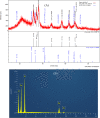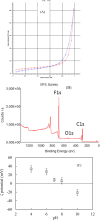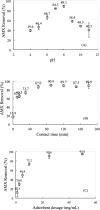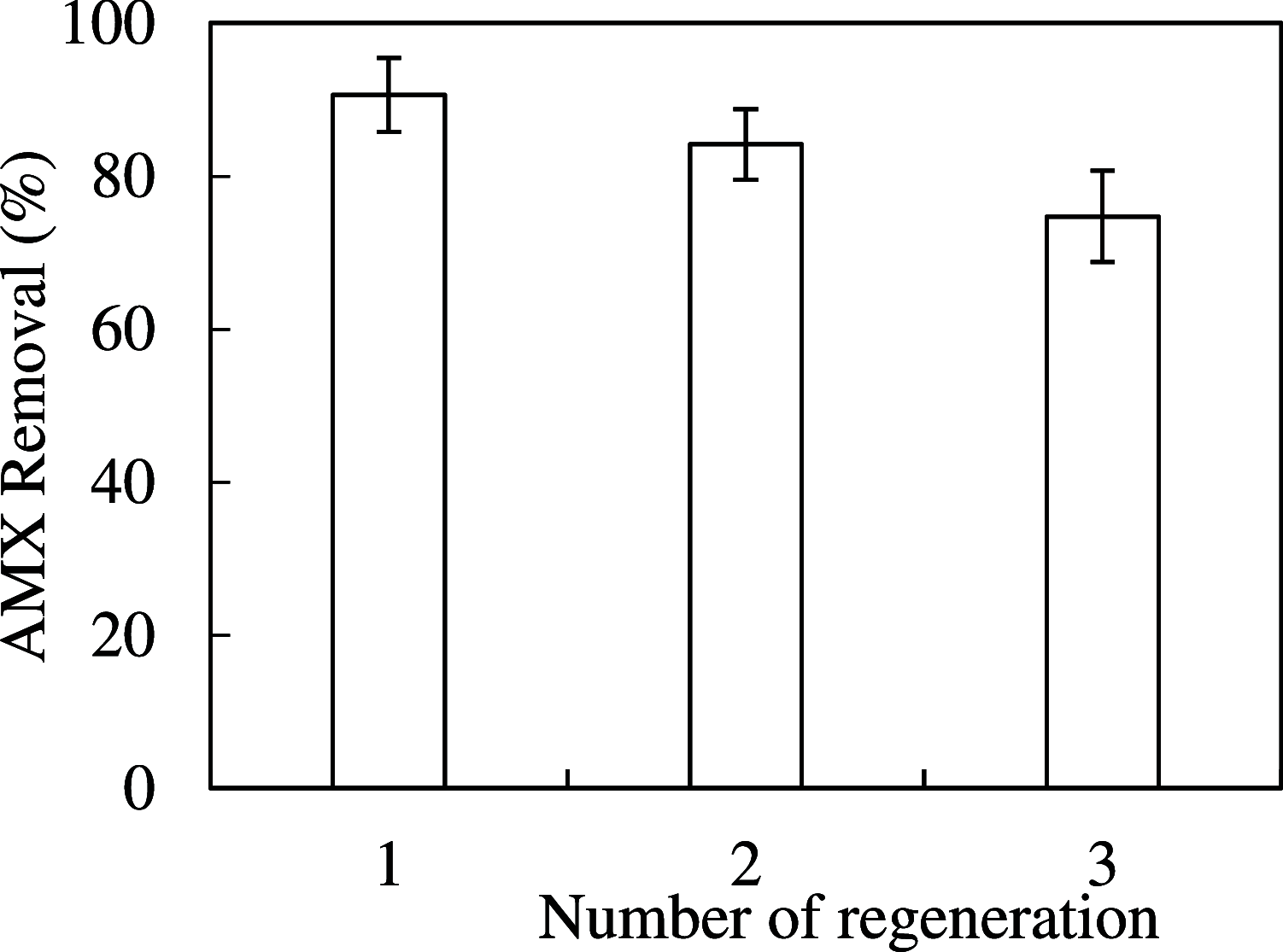Synthesis and Characterization of Novel Core-Shell ZnO@SiO2 Nanoparticles and Application in Antibiotic and Bacteria Removal
- PMID: 36440119
- PMCID: PMC9685607
- DOI: 10.1021/acsomega.2c04226
Synthesis and Characterization of Novel Core-Shell ZnO@SiO2 Nanoparticles and Application in Antibiotic and Bacteria Removal
Abstract
A novel core-shell nanomaterial, ZnO@SiO2, based on rice husk for antibiotic and bacteria removal, was successfully fabricated. The ZnO@SiO2 nanoparticles were characterized by X-ray diffraction (XRD), energy-dispersive X-ray spectroscopy (EDX), Fourier transform infrared (FTIR) spectroscopy, transmission electron microscopy (TEM), photoluminescence spectroscopy (PL), Brunauer-Emmett-Teller (BET) method, diffuse reflectance ultraviolet-vis (DR-UV-vis) spectroscopy, X-ray photoelectron spectroscopy (XPS), Raman spectroscopy, and ζ-potential measurements. β-Lactam antibiotic amoxicillin (AMX) was removed using ZnO@SiO2 nanoparticles with an efficiency greater than 90%, while Escherichia coli removal was higher than 91%. The optimum effective conditions for AMX removal using ZnO@SiO2, including solution pH, adsorption time, and ZnO@SiO2 dosage, were 8, 90 min, and 25 mg/mL, respectively. The maximum adsorption capacity reached 52.1 mg/g, much higher than those for other adsorbents. Adsorption isotherms of AMX on ZnO@SiO2 were more in accordance with the Freundlich model than the Langmuir model. The electrostatic attraction between negative species of AMX and the positively charged ZnO@SiO2 surface induced adsorption, while the removal of E. coli was governed by both electrostatic and hydrophobic interactions. Our study demonstrates that ZnO@SiO2 based on rice husk is a useful core-shell nanomaterial for antibiotic and bacteria removal from water.
© 2022 The Authors. Published by American Chemical Society.
Conflict of interest statement
The authors declare no competing financial interest.
Figures









References
-
- Saravanan R.; Gupta V. K.; Narayanan V.; Stephen A. Comparative study on photocatalytic activity of ZnO prepared by different methods. J. Mol. Liq. 2013, 181, 133–141. 10.1016/j.molliq.2013.02.023. - DOI
-
- Wang X.; Yang F.; Zhao J.; Xu Y.; Mao D.; Zhu X.; Luo Y.; Alvarez P. J. J. Bacterial exposure to ZnO nanoparticles facilitates horizontal transfer of antibiotic resistance genes. NanoImpact 2018, 10, 61–67. 10.1016/j.impact.2017.11.006. - DOI
-
- La D. D.; Nguyen-Tri P.; Le K. H.; Nguyen P. T. M.; Nguyen M. D.-B.; Vo A. T. K.; Nguyen M. T. H.; Chang S. W.; Tran L. D.; Chung W. J.; Nguyen D. D. Effects of antibacterial ZnO nanoparticles on the performance of a chitosan/gum arabic edible coating for post-harvest banana preservation. Prog. Org. Coat. 2021, 151, 10605710.1016/j.porgcoat.2020.106057. - DOI
LinkOut - more resources
Full Text Sources

